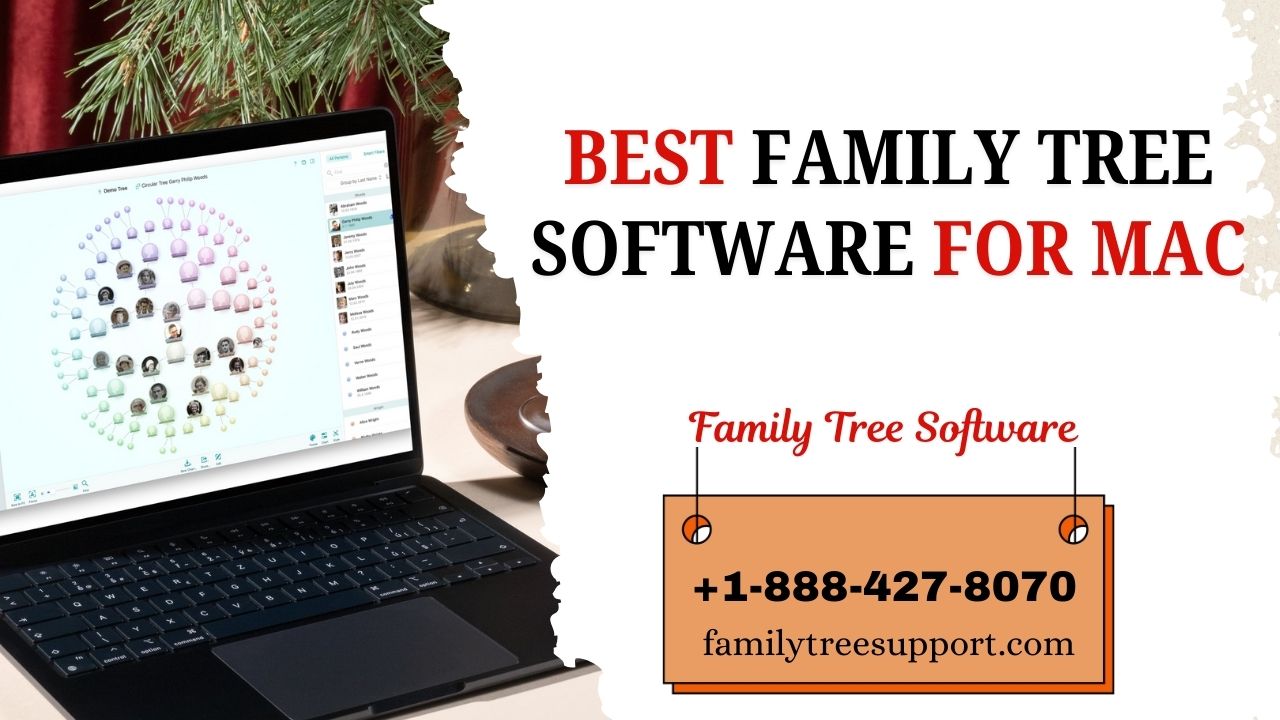Why Every Project Manager Needs a Project Status Dashboard
As a project manager, one of your primary responsibilities is to ensure that projects stay on track, meet deadlines, and align with the objectives set out by stakeholders. Managing these tasks manually can be overwhelming, especially when juggling multiple projects. That’s where a project status dashboard becomes a game changer.
A project status dashboard serves as your project management command center, providing a real-time snapshot of your project’s health and progress. It’s a tool that simplifies tracking, enhances communication, and enables proactive management. In this guide, we’ll explore why every project manager needs a project status dashboard and how it can simplify the tracking and management process.
What is a Project Status Dashboard?
A project status dashboard is a visual representation of a project’s key performance indicators (KPIs) and metrics. It consolidates critical information such as task completion, deadlines, budget, resource allocation, and milestones into one centralized view.
Key Components of a Project Status Dashboard:
- Project Progress: Overview of how much work has been completed versus what’s left.
- Budget Tracking: Information on project expenses and remaining budget.
- Timeline: Deadlines, milestones, and how the project is progressing in relation to them.
- Task Management: Current status of tasks, who’s responsible, and completion percentages.
By pulling all this information together, a project status dashboard provides you with everything you need to make informed decisions and take action when necessary.
Benefits of Using a Project Status Dashboard
A project status dashboard offers a range of benefits that can make your project management tasks easier and more efficient:
- Improved Visibility and Tracking: Instead of hunting down information from multiple sources, you have a comprehensive view of the project at your fingertips. It offers a quick way to see the project’s current status, so you’re never left in the dark.
- Better Decision-Making and Proactive Management: By having key metrics available in real-time, you can spot potential issues before they become bigger problems. The dashboard allows you to make proactive adjustments based on data rather than reactive decisions based on incomplete or outdated information.
- Time-Saving and Efficiency: You no longer need to update different spreadsheets, chase down team members for updates, or worry about missed deadlines. With everything in one place, a project status dashboard saves time and keeps your project management process efficient.
How a Project Status Dashboard Simplifies Project Tracking
One of the biggest challenges project managers face is the constant need to track progress and ensure deadlines are met. A project status dashboard makes this task more manageable by offering:
- Centralized Information: All project-related data, from tasks to budgets, is displayed in one place, eliminating the need for multiple tools or platforms to track different aspects of the project.
- Real-Time Updates: A project status dashboard is constantly updated with the most current data. Whether it’s task completion, hours worked, or project costs, you can see the latest information as it happens, ensuring that you never miss an important change.
- Visual Representation of Progress: Dashboards turn complex data into easily understandable visuals such as charts, graphs, and progress bars. These visualizations help you quickly gauge the health of your project without sifting through spreadsheets or reports.
Top Features Every Project Status Dashboard Should Have
Not all project status dashboards are created equal. To get the most out of your dashboard, ensure it has these essential features:
- Task Tracking and Completion Status: Your dashboard should allow you to monitor individual tasks, their progress, and who is responsible for each task. It should show which tasks are overdue, in progress, or completed.
- Budget and Resource Management: Keep track of expenses, resources, and budget allocation with real-time updates. This feature helps ensure that the project stays within financial limits.
- Milestones and Deadlines Tracking: A project status dashboard should help you track key milestones and deadlines, ensuring the project stays on schedule. You’ll know in real-time if you’re at risk of missing important milestones.
How to Use a Project Status Dashboard Effectively
To truly maximize the benefits of a project status dashboard, here are some actionable tips:
- Regular Updates and Checks: Make it a habit to check your dashboard regularly to monitor progress and spot any potential issues. Encourage your team to keep their information updated as well.
- Customize Your Dashboard: Depending on your project’s needs, you may want to customize the dashboard to focus on the most important metrics. Tailor the display so it gives you the insights you need without unnecessary clutter.
- Involve Stakeholders: A project status dashboard is not only useful for project managers but for stakeholders as well. Share the dashboard with key team members or stakeholders so they can stay informed in real-time.
Real-World Examples of Project Status Dashboards in Action
Project status dashboards are used across various industries to streamline project tracking and decision-making. Here are a few examples:
- Construction Projects: A construction manager uses a project status dashboard to track the completion of phases, monitor budgets, and adjust timelines as needed. The dashboard helps keep the entire team and client updated on progress.
- Software Development: In software development, a project manager uses a dashboard to track feature development, bug fixing, and sprint progress. The dashboard allows for real-time updates and adjustments during the development lifecycle.
- Marketing Campaigns: For marketing campaigns, a project status dashboard tracks the launch phases, budgeting, and content deadlines. It helps ensure that campaigns stay on track and within budget.
Conclusion: Embrace the Power of a Project Status Dashboard
A project status dashboard is not just a luxury; it’s a necessity for any project manager who wants to ensure their projects are completed on time, within budget, and with the desired outcomes. By offering improved visibility, real-time updates, and simplified tracking, a dashboard empowers you to make proactive decisions and manage your projects with ease.
Start using a project status dashboard today, and watch how it transforms the way you track, manage, and execute your projects.
Also Read
The Role of Leadership in Fostering Workplace Inclusivity
Top 10 Features to Look for in Timesheet Reporting Software
How Affirmation Quotes Can Improve Workplace Productivity and Focus












1 comment